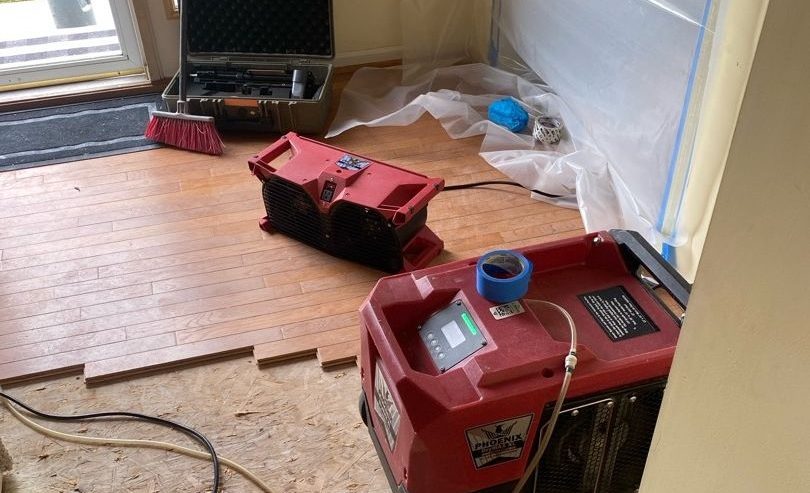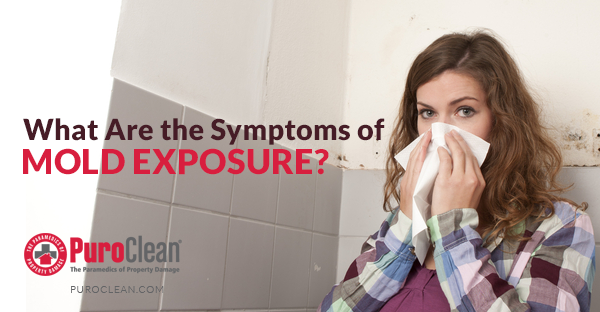Table of Contents
Water damage in your kitchen can feel overwhelming, but understanding the restoration process can help ease your concerns and set realistic expectations.
This comprehensive guide walks you through a real-world water damage restoration project, highlighting the critical steps, timeline considerations, and coordination required between homeowners, restoration professionals, and insurance companies.
Understanding the Water Damage Restoration Timeline
When water damage strikes your kitchen, time is of the essence. However, the restoration process involves multiple phases that require careful coordination and communication.
A typical kitchen water damage restoration project can span several weeks to months, depending on the extent of damage and various procedural requirements.
Initial Response and Assessment Phase
The restoration process begins with immediate response and assessment. Professional restoration companies prioritize rapid response to prevent secondary damage such as mold growth and structural deterioration.
During this critical first phase, technicians assess the extent of water damage, document affected areas and begin emergency mitigation procedures.
Emergency mitigation typically includes water extraction, dehumidification, and initial structural drying. These immediate actions help prevent further damage and create a stable environment for the restoration work to follow.
The assessment phase also involves detailed documentation for insurance purposes, including photographs, moisture readings, and preliminary scope development.
Insurance Coordination and Documentation Requirements
One of the most complex aspects of water damage restoration involves insurance coordination. Insurance companies require detailed documentation, estimates, and regular communication throughout the restoration process.
This coordination often becomes a critical path item that can significantly impact project timelines.
Estimate Development and Submission
Professional restoration companies must develop comprehensive estimates that detail every aspect of the restoration work.
These estimates serve multiple purposes: they provide homeowners with clear expectations, give insurance adjusters detailed scope information, and establish the framework for project execution.
The estimate development process involves thorough assessment of damaged materials, measurement of affected areas, and specification of appropriate restoration techniques.
For kitchen water damage, this typically includes evaluation of flooring, cabinetry, drywall, insulation, and mechanical systems.
Insurance Adjuster Communication
Regular communication with insurance adjusters ensures project approval and prevents delays. Restoration professionals must be prepared to provide additional documentation, clarifications, or modifications to estimates as requested by insurance companies.
This ongoing dialogue is essential for maintaining project momentum and ensuring all parties remain aligned on scope and expectations.
Detailed Restoration Scope for Kitchen Water Damage
Kitchen water damage restoration involves multiple specialized trades and requires careful sequencing to ensure quality results. Understanding the typical scope helps homeowners appreciate the complexity and time required for proper restoration.
Structural Repairs and Reconstruction
Structural damage from water infiltration often requires extensive reconstruction work. In a typical kitchen restoration project, this may include:
Drywall Replacement and Repair: Water-damaged drywall must be removed and replaced to prevent mold growth and ensure structural integrity.
The process involves careful removal of damaged sections, proper disposal of contaminated materials, and installation of new drywall with appropriate moisture barriers.
Insulation Replacement: Wet insulation loses its effectiveness and can harbor mold growth. Professional restoration requires complete removal of water-damaged insulation and installation of new materials. R-11 faced insulation is commonly specified for kitchen applications, providing appropriate thermal performance while incorporating vapor barrier properties.
Baseboard and Trim Restoration: Water damage often affects baseboards and trim elements, requiring removal, replacement, or refinishing. The restoration process involves careful removal to preserve reusable materials, measurement and procurement of replacement pieces, and professional installation with appropriate finishes.
Flooring Restoration and Refinishing
Kitchen flooring restoration represents one of the most visible and important aspects of water damage repair. The approach depends on flooring type, extent of damage, and homeowner preferences.
Hardwood Floor Restoration: Water-damaged hardwood floors require specialized restoration techniques. The process typically involves assessment of damage depth, controlled drying procedures, and refinishing to match existing areas. Professional restoration may include sanding, staining, and applying protective finishes to ensure seamless integration with undamaged areas.
Underlayment Replacement: Paper underlayment beneath hardwood floors must be completely replaced when water damage occurs. This critical step ensures proper moisture management and prevents future problems. New underlayment installation requires precise measurement and professional installation techniques.
Cabinet and Appliance Restoration
Kitchen cabinets and appliances require specialized attention during water damage restoration. The approach balances cost-effectiveness with quality restoration outcomes.
Cabinet Box Reconstruction: Severely water-damaged cabinet boxes may require complete rebuilding. This process involves careful removal of existing cabinetry, measurement and fabrication of replacement components, and professional installation. The restoration process ensures new cabinets match existing finishes and maintain proper functionality.
Appliance Reconnection: Water damage restoration often requires temporary removal of appliances for access and safety. Professional restoration includes careful disconnection, protection during construction, and proper reconnection upon project completion. This includes dishwashers, garbage disposals, and other built-in appliances.
Countertop Reset: Granite and other solid surface countertops may require temporary removal and professional reset during restoration work. This delicate process requires specialized equipment and expertise to prevent damage and ensure proper reinstallation.
Mechanical Systems and Electrical Work
Water damage often affects mechanical and electrical systems, requiring professional evaluation and restoration.
Plumbing System Restoration
Water damage restoration frequently involves plumbing system work, particularly when the initial damage resulted from plumbing failures. Professional restoration includes evaluation of water supply lines, drainage systems, and fixture connections. Any damaged components require replacement or repair to prevent future water damage incidents.
Electrical System Safety
Water and electricity create dangerous combinations, making electrical system evaluation critical during restoration projects. Professional electricians assess affected circuits, replace damaged components, and ensure all electrical work meets current safety codes. This includes installation of new outlet plates and proper grounding systems.
Ventilation System Restoration
Kitchen ventilation systems may require attention during water damage restoration. This includes evaluation of exhaust fans, ductwork, and vent covers. Proper ventilation helps prevent moisture accumulation and supports long-term restoration success.
Finishing Work and Quality Assurance
The final phases of water damage restoration focus on finishing work and quality assurance to ensure homeowner satisfaction and long-term performance.
Paint and Finish Application
Professional painting represents the final visible element of most restoration projects. This includes primer application, paint selection to match existing finishes, and professional application techniques. Kitchen restoration often extends to adjacent dining and living areas affected by the water damage incident.
Quality Control and Inspection
Professional restoration companies implement comprehensive quality control procedures to ensure work meets industry standards and homeowner expectations. This includes final inspections, punch list completion, and homeowner walk-through procedures.
Communication and Project Management Challenges
Effective communication between all parties represents one of the most critical success factors in water damage restoration projects. Challenges often arise when communication breaks down or expectations aren’t properly managed.
Homeowner Communication
Regular homeowner communication helps manage expectations and ensures satisfaction with restoration outcomes. Professional restoration companies prioritize clear, timely communication regarding project status, timeline updates, and any changes in scope or approach.
Schedule Coordination
Complex restoration projects require careful schedule coordination between multiple trades, material deliveries, and homeowner needs. Professional project management ensures efficient sequencing and minimizes project duration while maintaining quality standards.
Preventing Future Water Damage
Successful restoration projects include recommendations for preventing future water damage incidents. This may include plumbing system upgrades, improved ventilation, moisture monitoring systems, and maintenance recommendations.
Maintenance Best Practices
Regular maintenance helps prevent water damage incidents and extends the life of restoration work. This includes routine plumbing inspections, appliance maintenance, and monitoring for early signs of water intrusion.
Modern Prevention Technologies
Today’s homeowners have access to advanced water detection and prevention technologies. Smart water sensors, automatic shutoff valves, and monitoring systems provide early warning and automatic response capabilities that can prevent minor leaks from becoming major restoration projects.
Conclusion: Successful Water Damage Restoration
Water damage restoration requires professional expertise, careful coordination, and patience from all involved parties. Understanding the process helps homeowners set realistic expectations and work effectively with restoration professionals and insurance companies.
The restoration process, while complex and time-consuming, ultimately returns your kitchen to pre-loss condition while often incorporating improvements that enhance functionality and prevent future incidents.
Professional restoration companies bring the expertise, equipment, and coordination capabilities necessary to navigate the complex requirements and deliver successful outcomes.
By choosing experienced restoration professionals and maintaining open communication throughout the process, homeowners can successfully navigate water damage restoration and return to enjoying their fully functional kitchen space.


